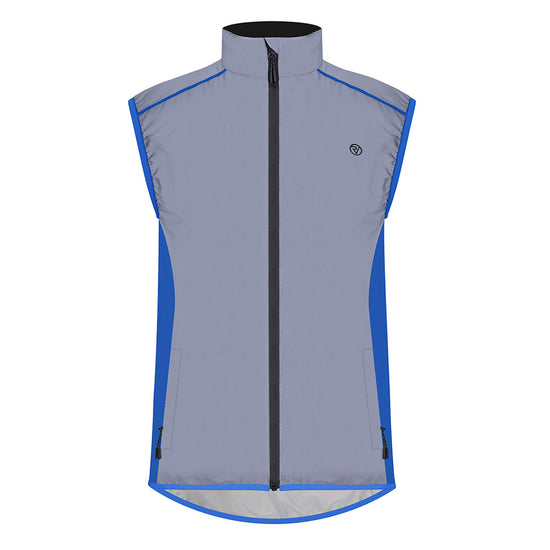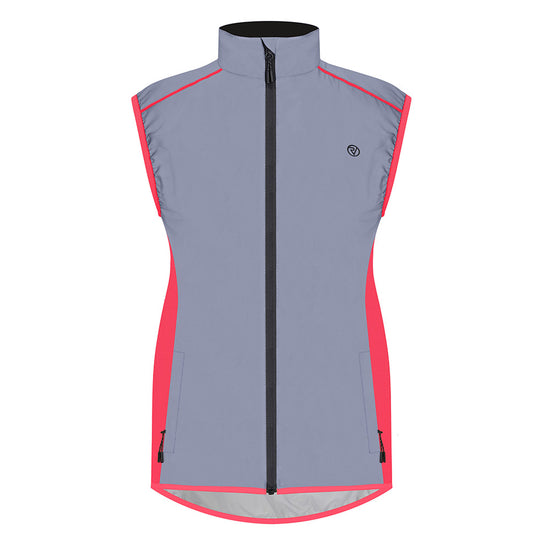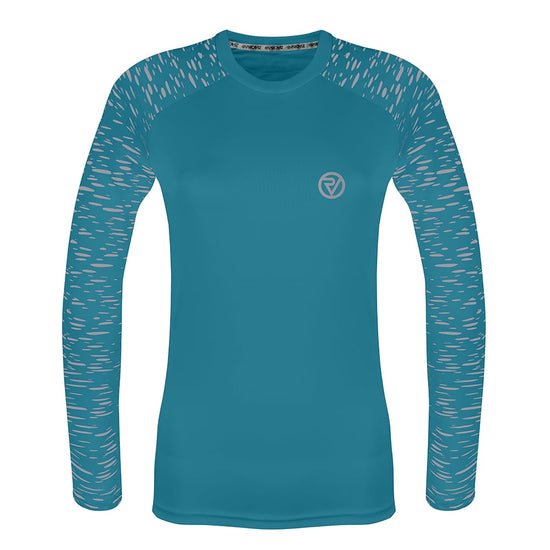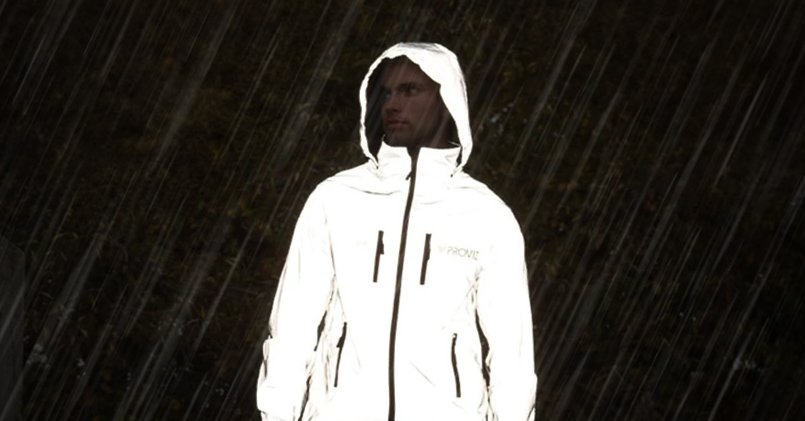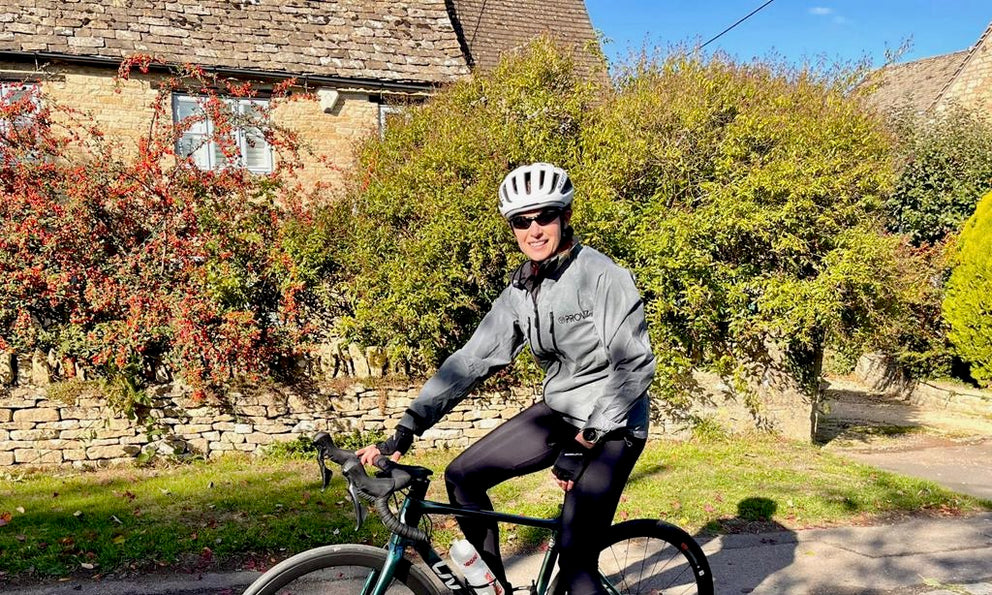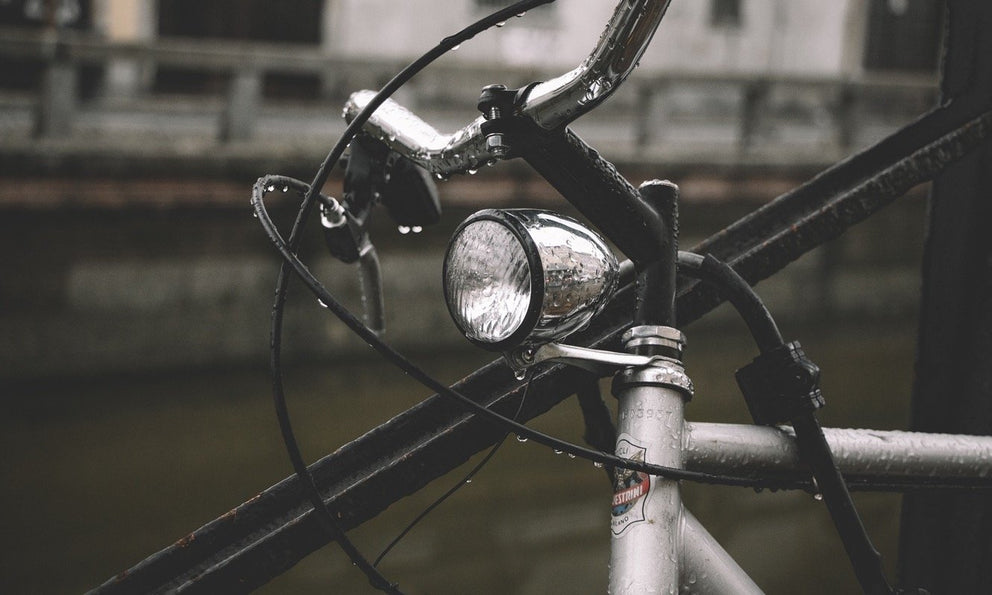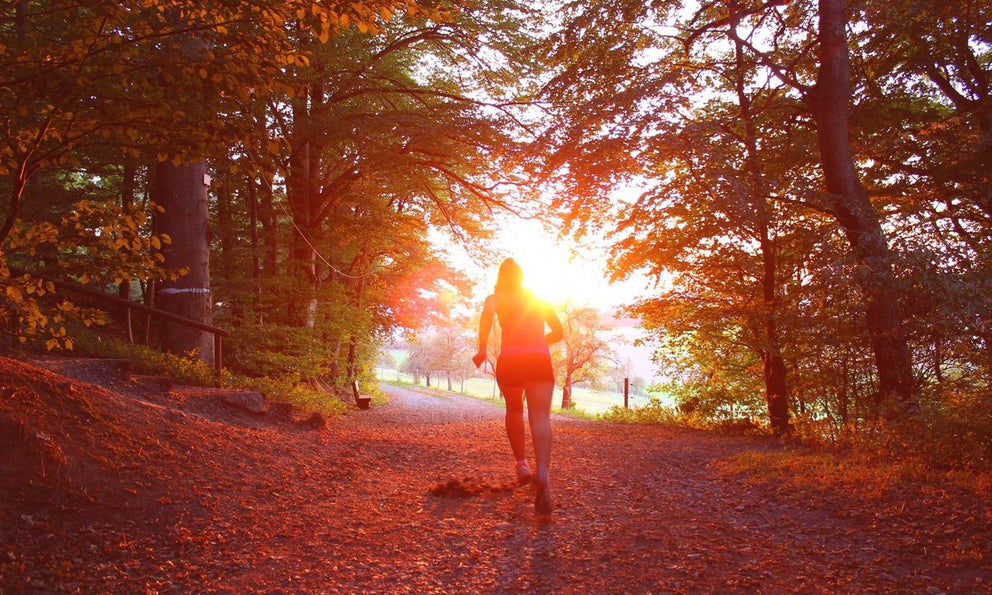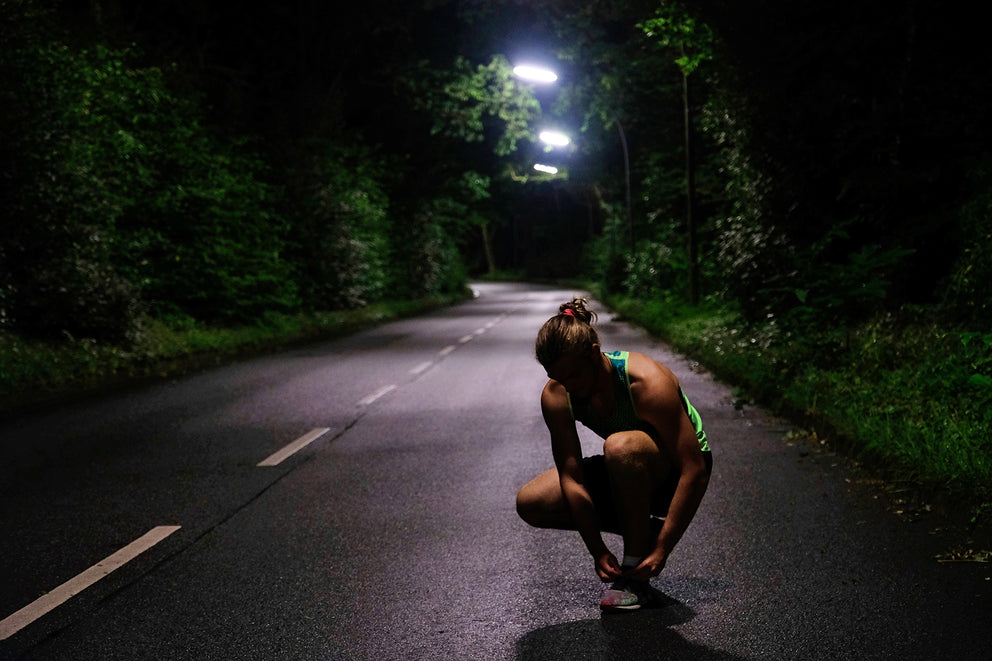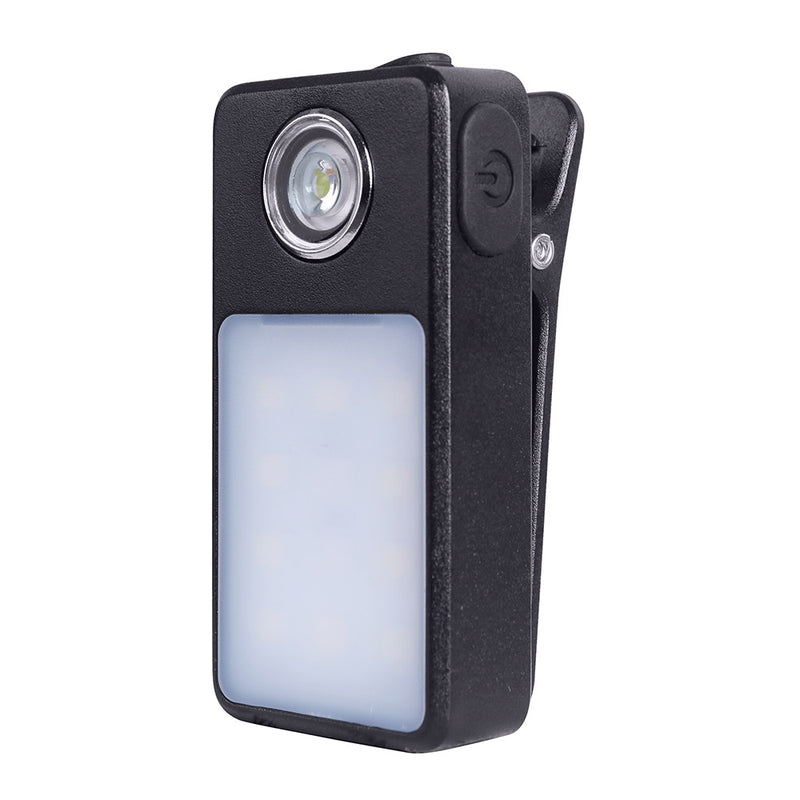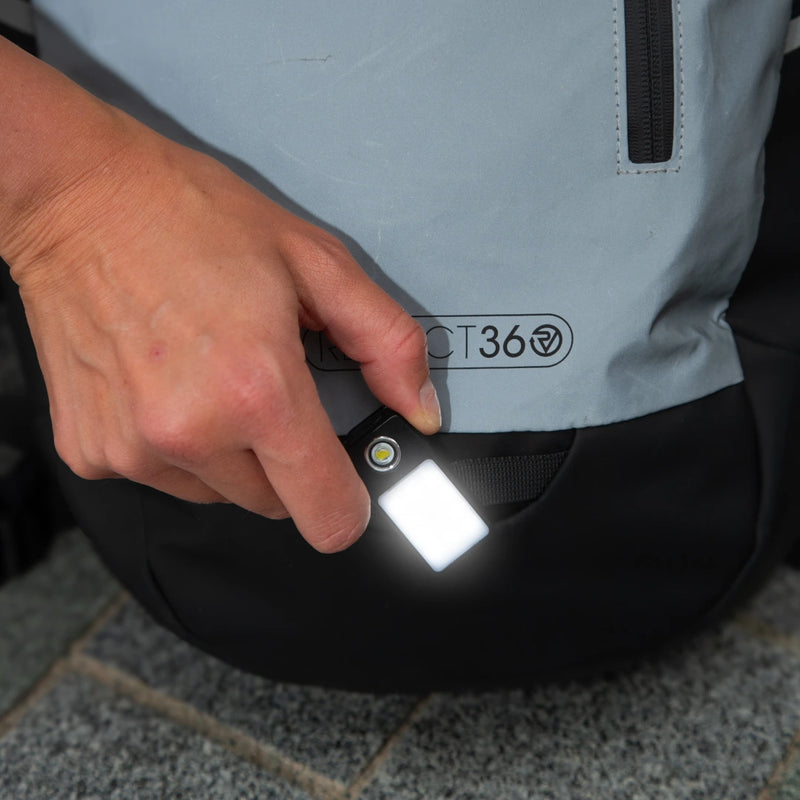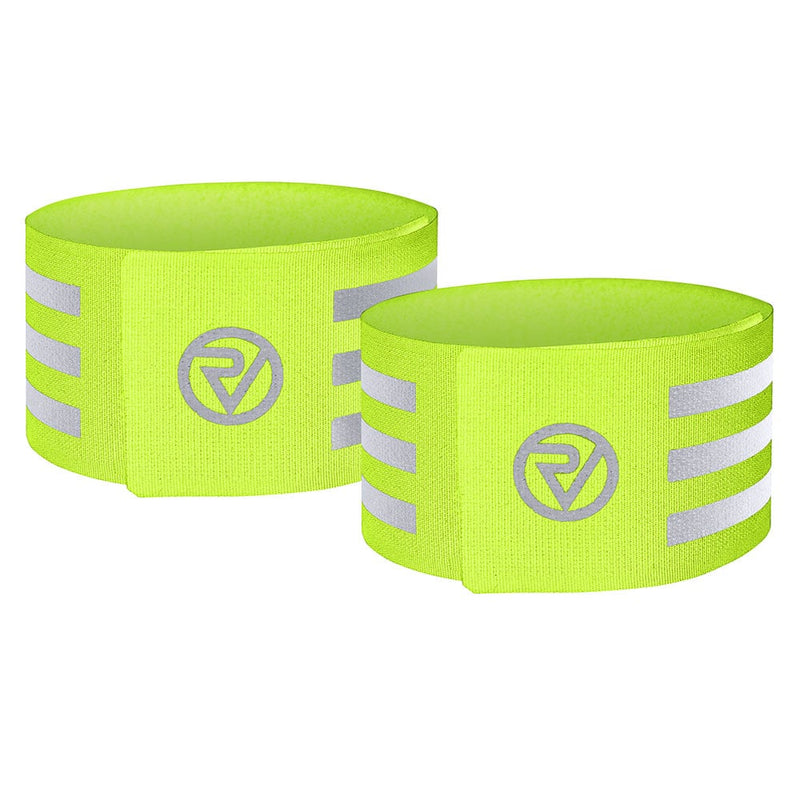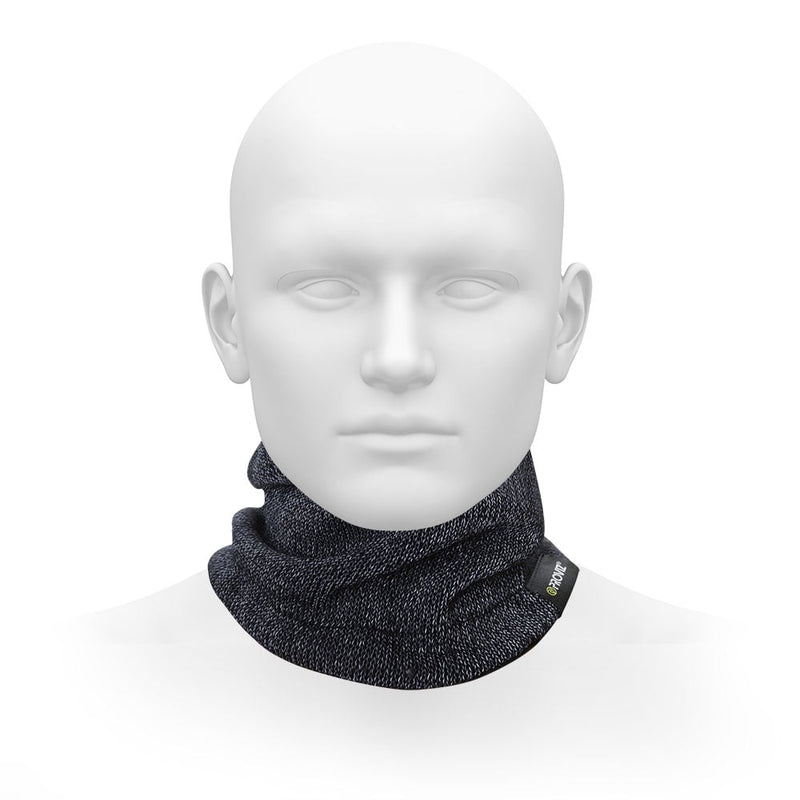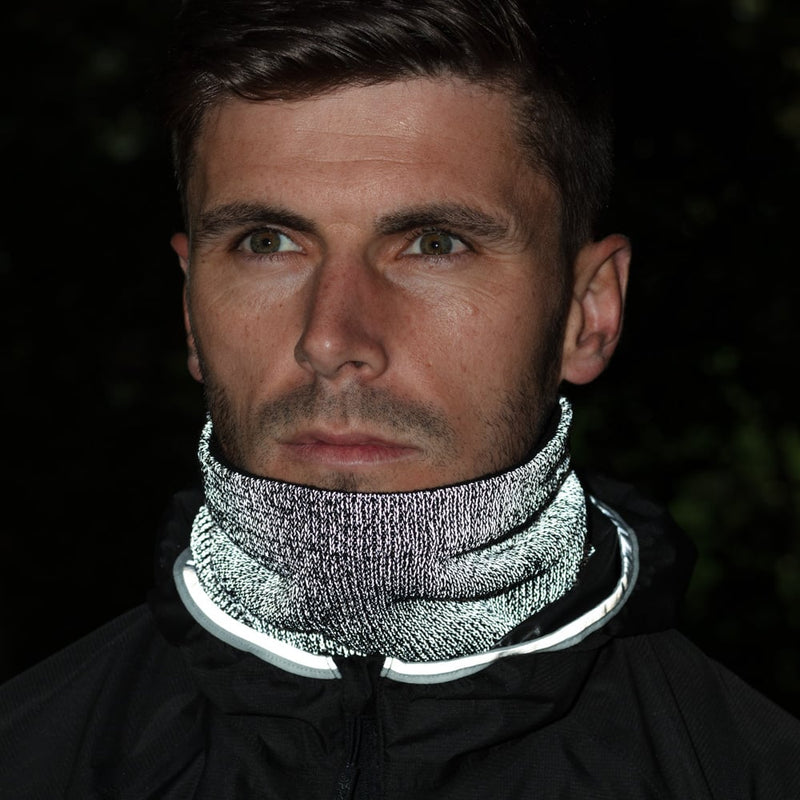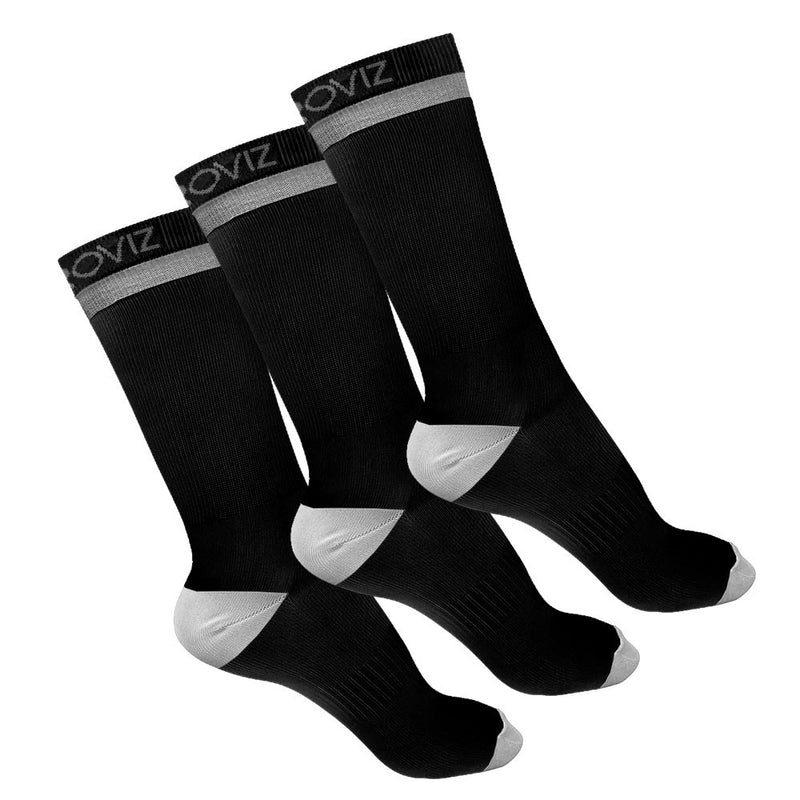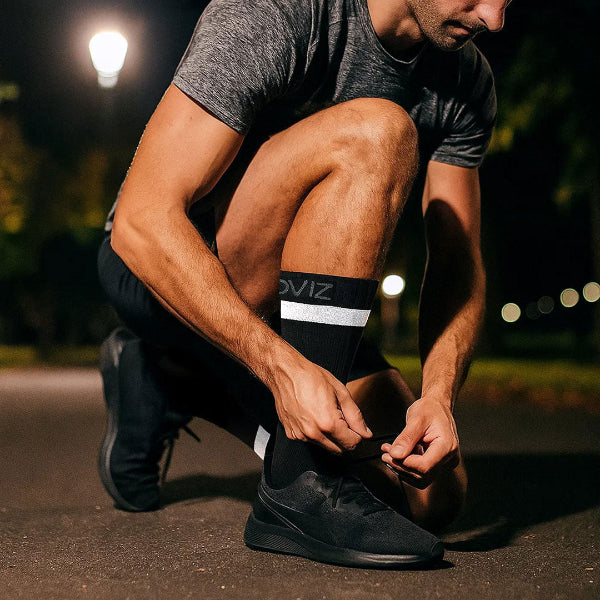There’s a lot to look forward to in winter. Wrapping up warm. Getting cosy in front of a fire. Holidays, parties and family get-togethers. But there’s no escaping it. Things get cold. And dark. Being prepared for that helps make the winter months more enjoyable – or indeed bearable. Especially when it comes to what to wear cycling in winter.
Whether you’re riding for fun or commuting to work, join us as we help you beat the cold, wind, rain and darkness in one fell swoop.
What to wear cycling in winter - the winter cycling essentials
As the mercury drops and days get shorter, you’ll need to wear clothing that keeps you warm, dry and safe on the road. Make sure your winter cycling clothes are highly visible, by wearing things that use reflective materials that pick up headlights and streetlights.
Upper body
The key to cycling in cold weather is to layer up. This allows you to add or remove layers as needed, and is particularly important for your upper body to protect your vital organs. Base layers are worn next to your skin and have a close fit. Mid layers give you protection from the cold, while outer layers are usually designed to be windproof and waterproof.
Start with a base layer that’s lightweight and stretchy. A compression fit helps with wicking sweat and maintaining a comfortable temperature, while you should also look out for base layers with sun protection. And make sure you get something reflective, in case you end up removing your other layers.
If it’s going to be really cold, then you might want to wear a heat-trapping thermal top as your base layer. Either way, it’s your mid layer next, which can have long or short sleeves. This should trap air to keep you warm, but also be breathable for moisture wicking and ventilation.
If you’re getting a short-sleeved mid layer then you may like to pair it with arm warmers, which can be worn underneath your outer shell. Cycling jackets should be highly reflective for safety. This is your number one priority, but you’ll also want something that’s going to keep you warm, dry and protected from the wind.
Lower body
There’s also the opportunity to layer as you move down to your lower body. Tights and thermal leggings provide a snug fit and can be great for long rides, especially if you’re frequently stopping and starting. This could be handy if your commute takes you through lots of traffic lights, while you never know when you’ll come across a photo opportunity if you’re out cycling in the countryside.
You can get cycling trousers that you either wear on their own or over another pair of pants. Another route you could take is to match your cycling shorts with some leg warmers and layer some over trousers on top. This allows you to quickly strip down to something more comfortable if you get too warm.
Like your upper body clothing, anything you wear on your legs should be highly reflective to make you as visible as possible – whether you’re riding through town or on a deserted country road. And as there’s every chance you’ll be cycling in the rain over winter, you’ll want to make sure your clothing is waterproof too.
Head
Cycling helmets aren’t a legal requirement in the UK. However, we strongly recommend that you wear one wherever your ride takes you. In winter, a helmet does a little more for you on top of the obvious safety benefits. It provides an additional layer of protection from the elements, especially when you use a helmet cover to make your helmet waterproof and windproof.
If you aren’t wearing a helmet for some reason, a cycling cap can help to keep your head warm and the rain out of your eyes. And remember, helmets, caps and covers should all be reflective to enhance your visibility on the road. A good pair of sunglasses meanwhile can not only protect your eyes, but also combat the glare you get when the winter sun’s low in the sky.
Hands
Next up, a good pair of cycling gloves. They should be waterproof and made from insulating materials that are breathable too. These will keep your hands warm, dry and comfortable, while still being thin enough to give you full control over your brake and gear levers.
Your hands are one of your primary contact points with your bike, and the extra padding can reduce vibrations and fatigue on long rides. Make sure your gloves have a good grip, and keep an eye out for features like padded palm reinforcement, adjustable cuffs and touchscreen compatibility.
Feet
Keeping your feet warm and dry during cold, wet winter rides plays a big part in staying comfortable. You won’t want to arrive at work with soggy feet, while a pleasure or fitness ride won’t be much fun if you lose the feeling in your toes.
Proper cycling socks don’t have to cost the earth but can make a real difference to your experience in the saddle, while cycling overshoes are perfect for popping over your feet when commuting. They’ll protect you from mud and road spray on all other rides too.
Tips for cycling in winter
No matter if you’re commuting or riding for fun, cycling in winter can be really rewarding. Preparation is key though.
Layer up
Build up your layers so you can quickly and easily remove them as needed.
Wear reflective gear
High-vis clothing is essential for being seen and staying safe when you’re cycling at night.
Protect your lungs
Cold air can be harsh on your lungs, so consider wearing a neck warmer that you can pull over your mouth to warm the air you breathe.
Protect your eyes
Wear glasses to protect your eyes from the glare of the sun, as well as from the wind and debris kicked up on the road.
Don’t stop for too long
Keep stops to a minimum to avoid cooling down – it’s harder to warm up again once you get cold.
If you’re just getting started on your cycling journey then you might find some more useful information in our beginner’s guide to cycling clothes. Or check out our REFLECT360 range for the ultimate combination of visibility and style this winter.
